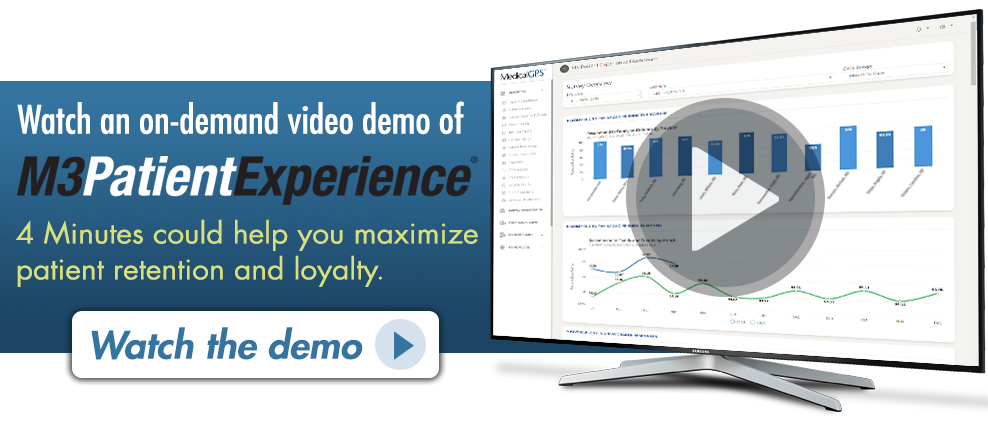 Frequently, the easiest way to improve the patient experience is to connect with patients in a way that is comfortable for the patient. In a time when it seems people of all ages are glued to their mobile devices, mHealth initiatives are a good place for healthcare organizations to start.
Frequently, the easiest way to improve the patient experience is to connect with patients in a way that is comfortable for the patient. In a time when it seems people of all ages are glued to their mobile devices, mHealth initiatives are a good place for healthcare organizations to start.
A mobile strategy can be a powerful tool for physician practices and other ambulatory care organizations to change the way their patients engage with, and experience care. Here are 5 benefits you can expect to see from a well-implemented mobile strategy.
Better Navigation
The last thing a new patient needs before coming for their first appointment is the added stress of getting lost or the discomfort of asking someone for directions.
Mobile alerts and maps can be highly useful in letting patients know beforehand, not only how they can get to your facility, but also how they should navigate once they’ve arrived. Mobile aids can come in the form of text messages, visual maps and images, and information to use with their existing navigation/GPS tools (such as tested and properly formatted addresses). Know that keeping patients comfortable from arrival to checkout can go a long way in improving their care experience.
Improved Care
The benefits of mobile technology go far beyond helping patients get where they’re going.
Today’s care options include a wealth of solutions that interface with patients via wearables, biosensors, and other tools that measure information (such as vital signs) and can even communicate directly with EHRs.
Simple solutions for your clinicians (including tablets and laptops) allow the care team to have natural, face-to-face interactions and prevent lapses in communication that are so common with conventional technology. Dated technologies frequently require care team members to leave the patient, or turn their backs during important conversations.
A Culture of Communication
Patients are expecting experiences that place them at the center of the engagement – as a consumer and a patient — which begins with effective communication.
Mobile alerts provide constant connection before, during, and after the care process, and, since most of physicians, nurses, and support staff are likely using tablets and/or mobile phones as part of their work, mobile technologies can facilitate better coordination and communication within the care team.
On the clinical side, mobile devices that allow EHR interface free your staff to do their jobs with fewer interruptions and bumps in workflows.
Educated Patients and Caregivers
If there’s anything mobile technology is good at, it’s relaying information.
Patients need, and honestly, want more information from their caregivers, and mobile technologies can play a key role in improving patient education. Patient education tools can help improve health literacy, encourage interaction with physicians and care teams, and even facilitate the addition of patient generated data to EHRs.
Many providers use mobile technology to keep patients on top of the most recent research and news relative to the patients’ unique health conditions and treatment protocols. This is incredibly important if you are concerned about CG-CAHPS surveys, which specifically ask how well a provider has “explained things in a way that was easy to understand.” Supplemental material and access to education information can be a game-changer in terms of patient comprehension and compliance.
Better Transitions Home
Patients are frequently overwhelmed with emotions and information after leaving your facility. Giving them resources that they can review once they’ve composed themselves can be helpful for adhering to care instructions and taking their medications as directed.
We’re seeing a new world of digital solutions designed specifically to tackle this challenge, such as Echo, by CipherHealth, a tool that records care plan information for patients, their family, and caregivers to access from home.
When choosing a mobile strategy for your facility it is essential to first understand the needs and challenges of your patient population and clinicians. A solution that worked beautifully for the facility down the road might be overkill, or completely ineffective for you. Talk to your care teams and listen to your patients before implementing any mHealth solution to ensure that you get the greatest return possible on your patient experience investment.


